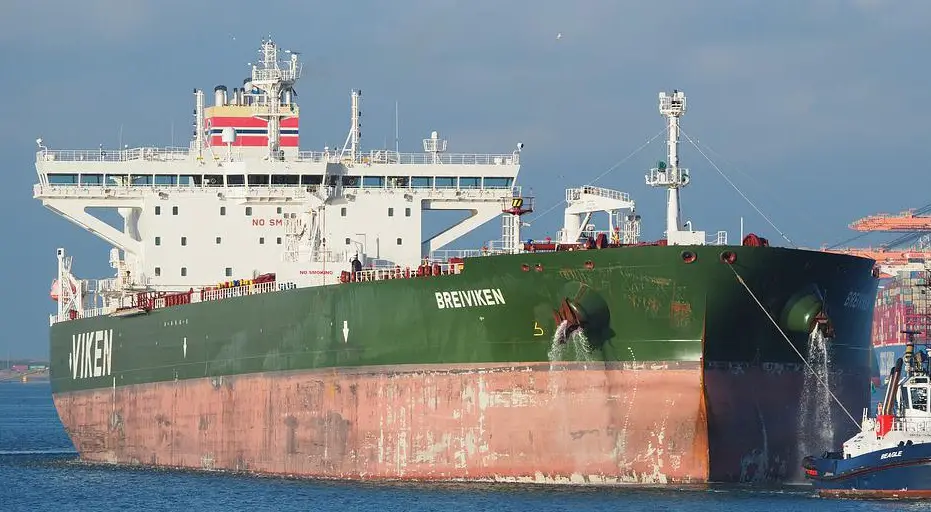On Sunday, the Financial Times, citing data from analytics company Kpler, reported that Russian crude oil supplies increased 50% this spring, in spite of Western sanctions imposed on Moscow over the war in Ukraine,
Last December, in an effort to reduce the funding available to Moscow to fund military operations in Ukraine, the European Union, the G7 countries, and Australia introduced a price cap of $60 a barrel on Russian seaborne oil.
However the FT report noted that due to constantly increasing prices for crude, as well as a gradually reducing discount Russia is offering customers, as its new trade relationships grow more established, the Kiev School of Economics (KSE) estimates that Russian oil revenues are likely to steadily increase now, over time.
Nearly 75 percent of Russian seaborne crude flows were transported without insurance from Western companies in August, according to an analysis by the Financial Times of shipping and insurance records.
Over the first 20 days of September, Russia reduced its exports of seaborne diesel and gasoline by almost 30% to roughly 1.7 million metric tons compared to the same period in August.
Last week, Russia announced a temporary ban on exports of diesel and gasoline to most nations as a way to stabilize prices domestically, and that is expected by analysts to further tighten supplies.

